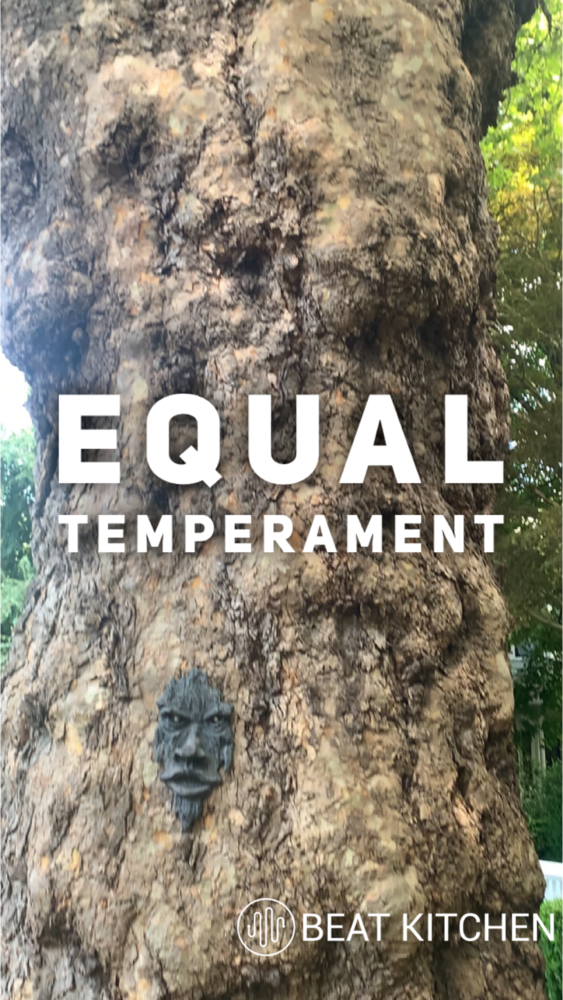Like borders between nations, the borders between notes are arbitrary. Sometimes they’re drawn in ways that might make sense, but they’re also completely made up. I’m going to try and explain something in 60 seconds that’s taken me about 50 years to understand.
All of these notes coexist beautifully, but they don’t actually know about each other. Every note you hear has a whole bunch of stowaways, other notes pickybacking along with it, harmonics, partials, overtones. They’re like secret stowaways.
We have to understand the tree of notes stemming from this C on its own terms. It has a G built in and a D, but while this D may resemble this one, it’s not exactly the same. Similarly, this D has an E in it and this E has an F sharp and so on.
And if we keep going, eventually we find ourselves back at C where we discover that this C is no longer in tune with that one. The notes aren’t the same, they’re just similar. The notes roosting up in the branches of the C tree are multiples of its root.
And if we were to use the exact pitches found in that tree, we could only play within its branches. So say goodbye to all the groovy key changes and the chord progressions that you probably enjoy. In Western music, we divide up the real estate in such a way we average out those indescrepancies.
Over the chorus of your life, you’ve learned to tolerate the compromises and we call it equal temperament. It’s imperfect, but then again, all compromises.

